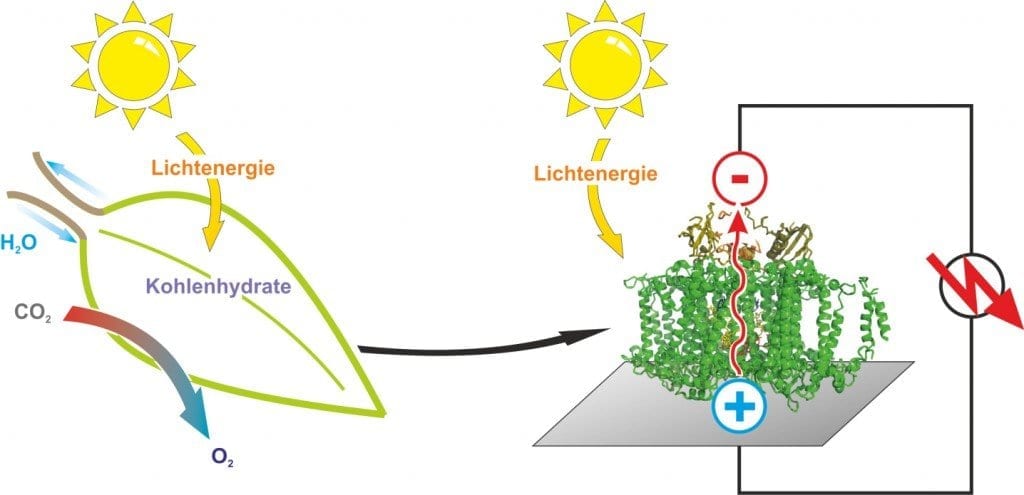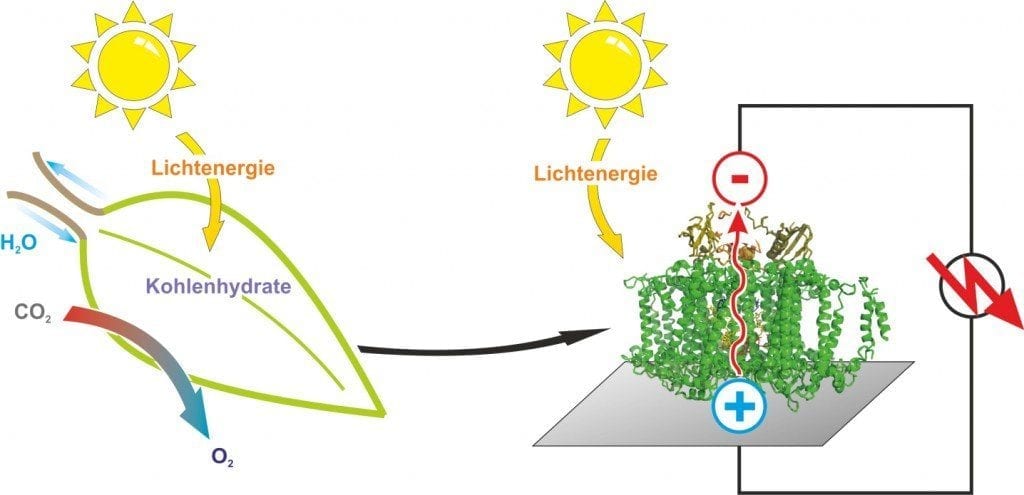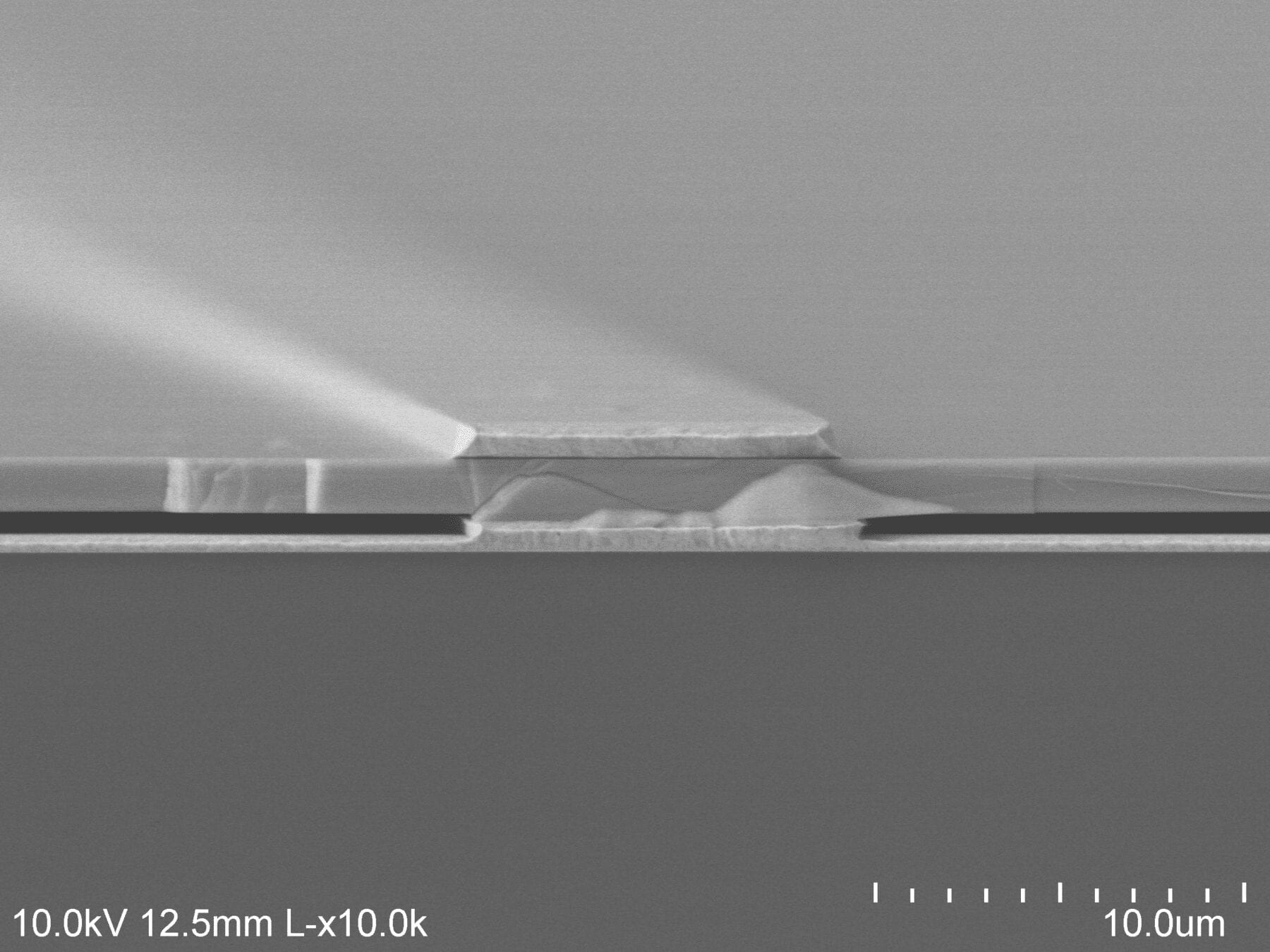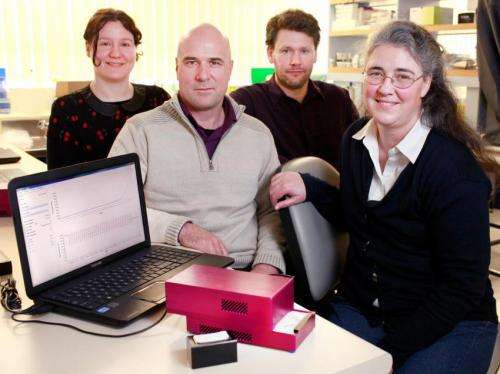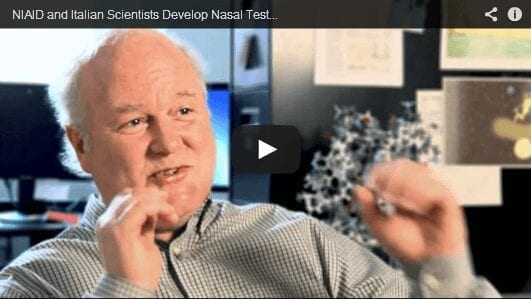Photosystem 1, a robust and efficient light harvesting protein
In leaves, photosystem 1 (PS1) absorbs light and its energy is finally utilized for the conversion of carbon dioxide to biomass. Photovoltaic devices, mostly build from silicon based semiconductors, also harness solar light but produce electricity. One approach for the development of cheaper and renewable photovoltaics consists in replacing the semi-conductor with the isolated membrane protein complexes of photosynthesis. Prof. Dr. Matthias Rögner’s team isolates a highly stable PS1 from thermophilic cyanobacteria that live in a hot spring in Japan. However, the integration of this natural component into artificial devices faces one major challenge. PS1 displays both hydrophilic and hydrophobic domains which complicate its immobilization on electrodes.
Stimuli responsive redox hydrogels as artificial matrix for photosystem 1
Dr. Nicolas Plumeré’s and Prof. Dr. Wolfgang Schuhmann’s teams develop complex electron-conducting materials, so-called redox hydrogels, with stimuli responsive properties. The researchers embedded PS1 in this artificial matrix and where able to fine tune the local environment of the natural photosynthetic proteins. The hydrophobic/hydrophilic properties of the hydrogel can be controlled by pH shift and were adjusted to the hydrophobic requirement of the photosystem. This purpose-built environment provides the optimal conditions for PS1 and overcomes the kinetic limiting steps, which are found in natural leaves. This procedure yields the highest photocurrents observed to date for semi-artificial bio-photoelectrodes while the electron transfer rate exceeds by one order of magnitude the one observed in nature.
The Latest on: Semi-artificial leaf
[google_news title=”” keyword=”Semi-artificial leaf” num_posts=”10″ blurb_length=”0″ show_thumb=”left”]
via Google News
The Latest on: Semi-artificial leaf
- Artificial Intelligenceon May 8, 2024 at 4:33 am
By Erica L. Green The prominent A.I. start-up is also joining an industrywide effort to spot content made with artificial intelligence. By Cade Metz and Tiffany Hsu The suit, which accuses the ...
- Toward artificial leaves that float on water, bubbling fuelon May 2, 2024 at 2:14 pm
Researchers have now made such an artificial leaf device using an organic photovoltaic (OPV) material. Depending on the catalyst used, the device either splits water to make hydrogen fuel or splits ...
- Trillions of Tons of Carbon Are Missing From Climate Modelson April 22, 2024 at 5:11 am
While the world’s soils are home to lots of organic carbon—such as leaf litter and animal waste ... and companies are hard at work trying to find artificial means of sucking greenhouse ...
- The Best Noise-Cancelling Headphoneson March 29, 2024 at 8:47 am
The Bose headphones fold flat to fit inside the semi-firm case ... and higher-pitched sounds have an artificial sharpness. With spatial audio off, the bass is notably diminished.
- Artificial Intelligenceon August 17, 2023 at 7:42 am
Mistral AI is nearing a deal to raise funds at a $6 billion valuation—nearly tripling its level from six months ago.
- The Pros And Cons Of Artificial Intelligenceon December 1, 2022 at 4:30 am
Artificial intelligence (AI) is hitting the mainstream, though the first form of AI was invented in England, way back in 1951. Nowadays AI is used in a wide range of applications, from our ...
- ‘Artificial Leaf’ Solar Cell (IMAGE)on May 29, 2022 at 8:58 pm
Simulated sunlight powers a solar cell that converts atmospheric carbon dioxide directly into syngas. Disclaimer: AAAS and EurekAlert! are not responsible for the accuracy of news releases posted ...
- Artificial Photosynthesis—Making Fuels Directly from Sunlighton May 13, 2022 at 5:40 pm
Nathan Lewis will present about the discovery and development of materials and a system architecture for the direct production of fuels from sunlight. The membrane-embedded microwire array approach is ...
- A new leaf unfolds in artificial photosynthesison February 27, 2022 at 3:27 am
In 2015, however, continued improvements led to the ‘artificial leaf’, a one square centimetre electrode device that achieved a ηSTC of 4.6%, exceeding that of typical plants. Kato’s team ...
- Artificial Leaf 1 (IMAGE)on August 26, 2021 at 11:49 pm
Even with the naked eye the amount of light captured by the 'mini-factories' is visible, lit up bright red. The 'veins' through the leaves are the thin channels through which liquid can be pumped.
via Bing News







